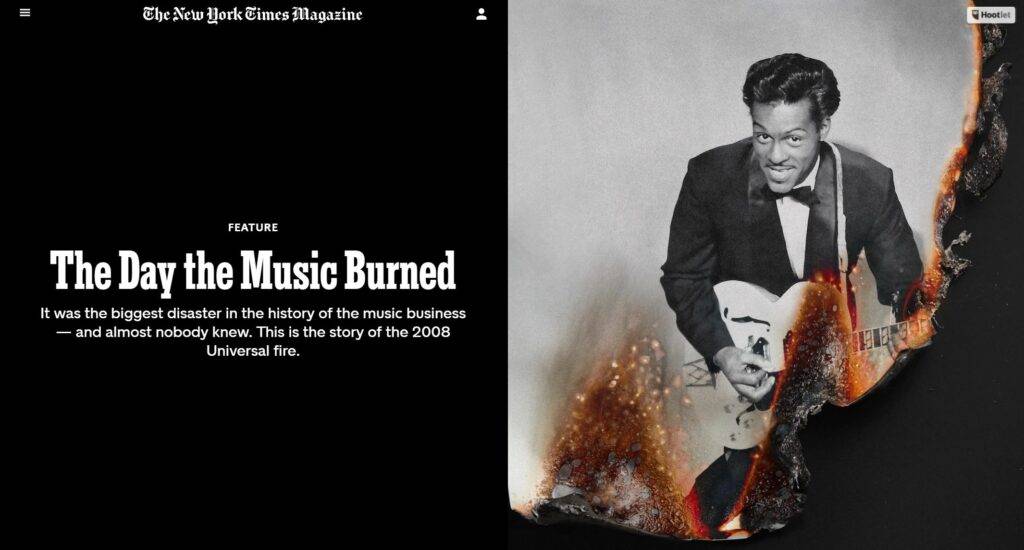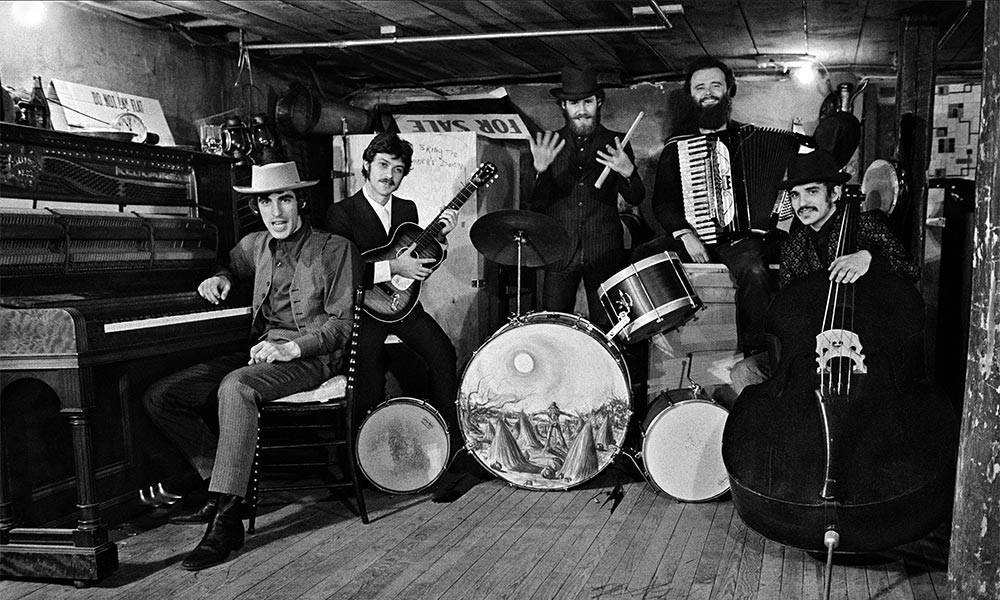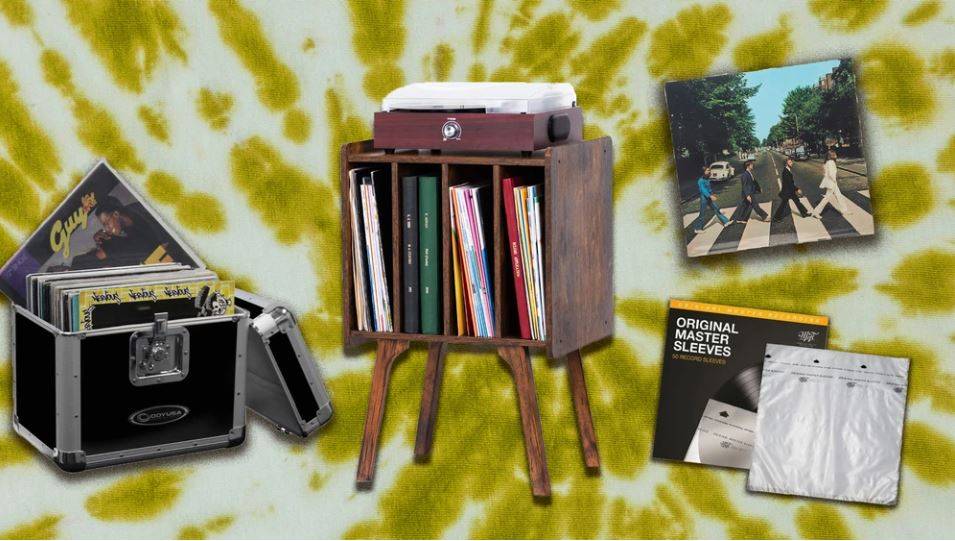
Unlocking Musical Inspiration: A Novice’s Guide to Sampling from Vinyl
In the late 1980s, the emergence of samplers marked a groundbreaking era in music, allowing for the digitization of audio and the realistic simulation of various instruments. However, the true magic happened when artists began sampling recorded music, transforming and re-contextualizing it into entirely new creations.
Armed with samplers from iconic brands like Akai, Ensoniq, and E-mu, a new generation of musicians crafted timeless pieces by delving into the world of dusty vinyl. ‘Crate-digging’ became a favored hobby for nimble-fingered producers and beatmakers, sparking a creative revolution.
By the mid-1990s, the widespread use of vinyl samples in mainstream productions caught the attention of original artists and their formidable legal departments. Over the past 30 years, sampling has evolved into a big business, accompanied by legal complexities in fairly distributing the rewards of a hit.
Services like Tracklib now promise to mitigate the risks of sampling existing recordings, offering a defined royalty structure for songs in their catalog. Simultaneously, the rise of ‘sample makers’ – artists creating music intended for use by other producers and beatmakers – has gained immense popularity.
However, amidst the business aspects, it’s crucial not to forget that the passion for making music isn’t solely about profit. For those engaged in sample-based music, the experience of delicately placing a needle on a record introduces a world of inspiration, joy, and the potential for creative lightning in a bottle.
The Gear:
Sampling from vinyl doesn’t require extensive equipment. Turntables are abundant, and unless you’re venturing into scratching, a basic turntable with 33 and 45 RPM speeds will suffice. The accuracy of the turntable’s rotational speed, measured in ‘wow and flutter’ specs, is noteworthy but not overly critical for beginners.
For those without a turntable, the Numark PT01 USB offers a user-friendly option with USB audio output. Standalone turntables may need a preamp to reach line level, available for a reasonable price. Alternatively, a DJ mixer with built-in preamps and EQ provides an all-in-one solution for sampling.
The Records:
The thrill begins with vinyl records, which come in two main sizes and speeds. The 12-inch records typically play at 33 RPM for albums and EPs, and 45 RPM for singles. While faster spinning records theoretically store more information, the 33 RPM speed is perfectly viable.
7-inch records at 45 RPM, often used for singles, boast a bold, up-front sound, ideal for sampling despite slightly less detail. The less common 78 RPM records, made of shellac, offer a distinctive pre-war sound and musical style.
It’s essential to recognize that records are consumables, subject to wear and tear. Cleaning with soapy water and a microfiber cloth can rejuvenate crackly records, but mishandling may result in irreversible damage.
Venturing into vinyl sampling opens doors to a rich tapestry of musical exploration. It’s not just about creating beats but embracing the joy and inspiration that only vinyl records can provide.






Responses